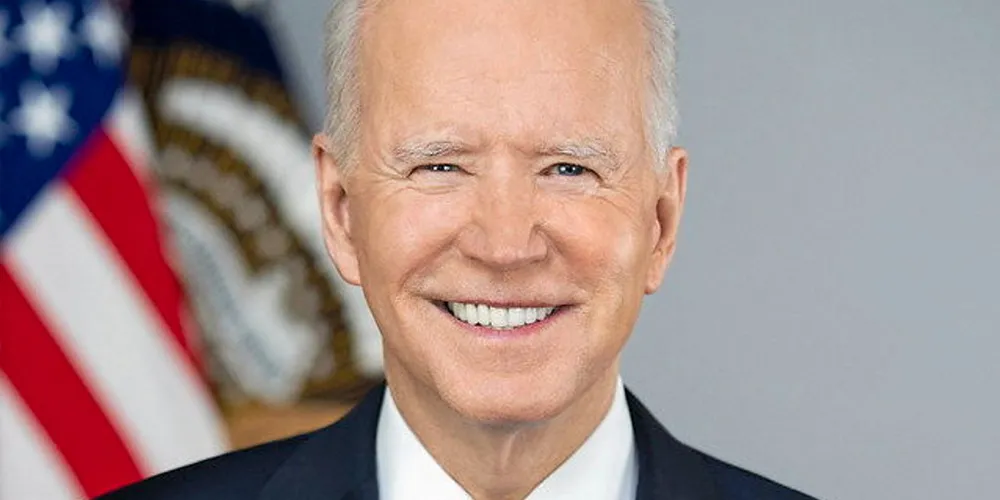The Department of Energy (DoE) released a strategy on Wednesday that proposes to accelerate its efforts to help enable the US
to meet President Joe Biden’s 30GW by 2030 deployment goal and set the nation on a pathway to 110GW or more by mid-century.
“The transformative potential of offshore wind energy is critical to achieving President Biden’s bold clean energy goals,” said Energy Secretary Jennifer Granholm.
They include a 50-52% reduction in US greenhouse gas emissions by 2030 from 2005 levels, a carbon-free electric grid by 2035 and net-zero by 2050.
The
94-page Advancing Offshore Wind Energy in the United States proposes to move sector deployment forward through four major initiatives, each using DoE’s broad portfolio of resources and capabilities to catalyse the technology’s development this decade and longer term, and establish the US as a global leader.
The initiatives are Now (near-term offshore wind); Forward (floating offshore wind advanced research and development); Connect, which addresses transmission solutions for large-scale sector development; and Transform, which aims to advance offshore wind co-generation technologies.
In the near-term, DoE’s Now R&D efforts will look to reduce the cost of fixed-bottom offshore wind to $51/MWh by 2030 from $73/MWh in 2021. A focus will be on optimising the design of turbines and plant layouts and gain a better understanding of wind resource and met-ocean characteristics.
Jeff Grybowski, CEO of US Wind, which is developing 1.2GW of projects of the Maryland coast, said a national goal of around $50/MWh was a good one but would not occur in the near-term or with the next round of lease auctions.
“The way you get to lower cost is build projects, get to scale, get your efficiencies, learn how to operate well, and get smarter about everything - and the industry gets smarter collectively,” he told a conference on Wednesday held by advocacy group Business Network for Offshore Wind (BNOW).
Another Now focal point will be the upscaling of turbines through systems engineering and testing, validating and demonstrating innovations while exploring the need for costs and benefits of, and pathways to standardising turbine sizes.
A third focus will be on developing installation and O&M strategies that reduce complexity and labour at sea while mitigating adverse impacts on the ocean environment.
DoE through its R&D will also support development of a robust domestic supply chain growth to more than 30GW of fixed-bottom installations and operations.
Forward comprises DoE’s contribution to enable the US to assume a leadership role in commercializing floating offshore wind, a relatively new technology. DoE will help the sector advance to the cutting edge of floating offshore wind design, manufacturing, and deployment by addressing the most urgent R&D and development challenges.
DoE is aiming to reduce the cost of floating offshore wind energy in deep waters to $45/MWh by 2035 from today’s estimated $150/MWh. The agency will also support supply chain development to enable 15GW or more of floating wind deployment by the mid-2030s.
The Connect initiative aims to facilitate development of and investment in transmission infrastructure solutions for large-scale offshore wind deployment and enhanced grid reliability and resilience through key partnerships, analysis, planning, R&D, and transmission infrastructure.
Lastly, Transform will channel DoE support to advance offshore wind co-generation technologies, known as wind-to-X. These use offshore wind energy to produce another carbon-free energy solution in support of widespread electrification and a net-zero economy.
“Offshore wind energy can be a key enabler of this transition because it can be deployed at utility scale, mitigates the land-use requirements of other generation sources, and can be coupled (on land or offshore) with other clean energy technologies,” said the report.
(Copyright)